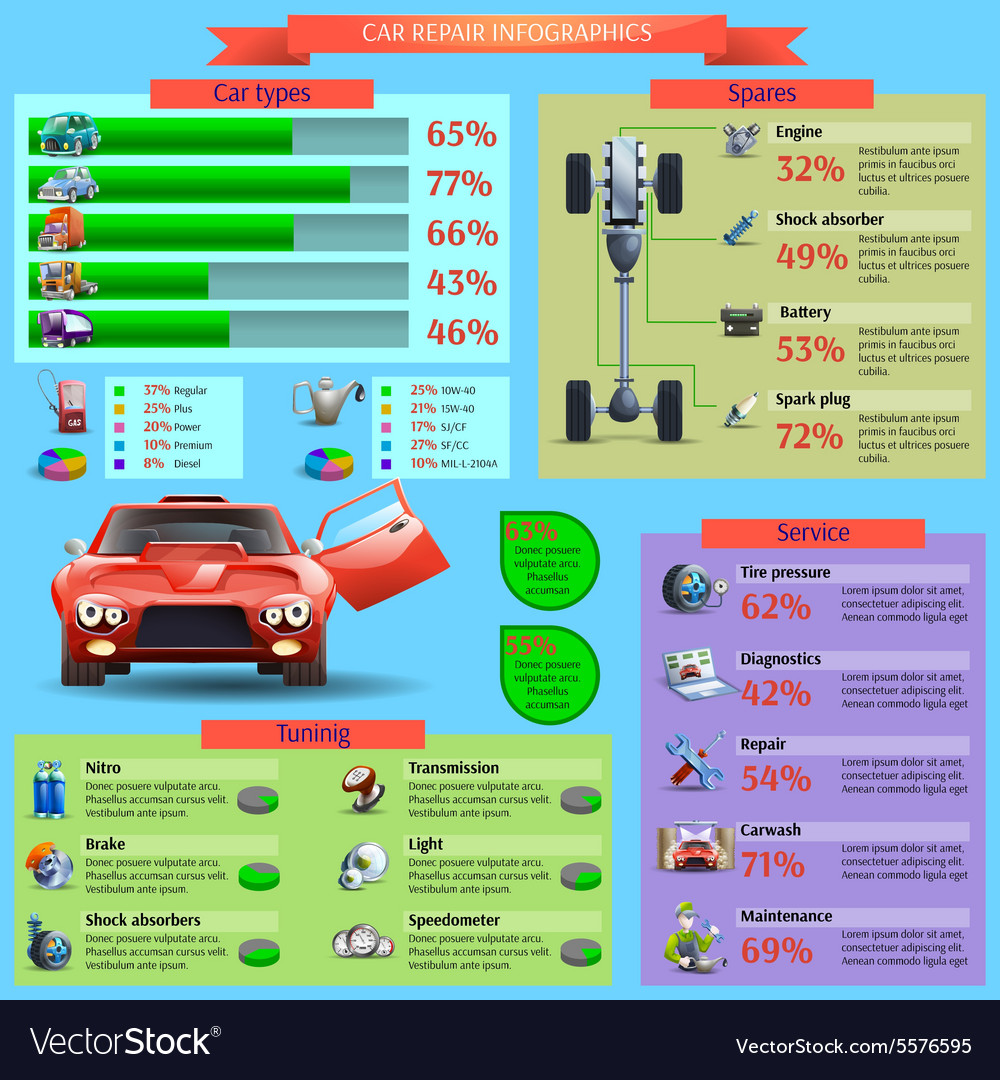Translating Your Vehicle'S Alert Lighting: Their True Implications
Translating Your Vehicle'S Alert Lighting: Their True Implications
Blog Article
Article Writer-Samuelsen Winters
When you're behind the wheel, those glowing caution lights on your control panel can be a little bit perplexing. Do you know what they're attempting to tell you regarding your auto's wellness? Understanding the significance of these lights is vital for your safety and security and the longevity of your car. So, the next time one of those lights appears, wouldn't you intend to understand its message properly and take the necessary actions to resolve it?
Common Caution Lighting and Interpretations
Identify common caution lights in your cars and truck and understand their meanings to ensure secure driving.
One of the most typical caution lights include the check engine light, which indicates issues with the engine or discharges system. If this light begins, it's crucial to have your vehicle inspected promptly.
The oil pressure warning light indicates reduced oil pressure, requiring prompt attention to stop engine damage.
A blinking battery light may recommend a defective billing system, potentially leaving you stranded otherwise addressed.
The tire pressure monitoring system (TPMS) light notifies you to reduced tire stress, impacting car stability and gas efficiency. Overlooking this might result in hazardous driving problems.
The ABS light suggests an issue with the anti-lock braking system, compromising your capability to quit rapidly in emergencies.
Lastly, the coolant temperature alerting light warns of engine overheating, which can lead to extreme damages otherwise fixed promptly.
Understanding these common caution lights will certainly help you address concerns quickly and preserve secure driving conditions.
Importance of Prompt Attention
Recognizing the typical warning lights in your car is only the first step; the relevance of without delay resolving these warnings can not be emphasized sufficient to guarantee your safety and security on the road.
When https://brakecheck28395.bloggactif.com/33206556/exactly-how-can-mobile-car-outlining-change-your-lorry-treatment-experience-while-making-certain-top-quality-discover-the-essential-elements-to-consider-prior-to-choosing-a-detailer brightens on your control panel, it's your vehicle's means of interacting a prospective problem that needs attention. Overlooking these cautions can lead to extra extreme issues in the future, jeopardizing your safety and potentially costing you more in repairs.
Trigger interest to alerting lights can prevent malfunctions and crashes. As an example, a blinking check engine light could suggest a misfire that, if left neglected, can create damage to the catalytic converter. Addressing https://www.overdriveonline.com/overdrive-extra/article/15294531/leasing-out-equipment-keep-insurance-implications-high-in-mind can conserve you from an expensive repair service.
In a similar way, a brake system cautioning light may indicate reduced brake liquid or worn brake pads, crucial parts for your safety and security when driving.
DIY Troubleshooting Tips
If you notice a caution light on your dashboard, there are a couple of DIY troubleshooting tips you can try prior to looking for specialist aid.
The first step is to consult your car's guidebook to recognize what the details caution light shows. Often the concern can be as simple as a loosened gas cap triggering the check engine light. Tightening up the gas cap might settle the trouble.
ceramic coating auckland is a low battery, which can cause numerous cautioning lights. Inspecting the battery connections for corrosion and guaranteeing they're safe may take care of the problem.
If a warning light persists, you can try resetting it by detaching the car's battery for a couple of minutes and afterwards reconnecting it. Furthermore, examining your automobile's fluid levels, such as oil, coolant, and brake fluid, can help fix advising lights connected to these systems.
Conclusion
Finally, comprehending your automobile's caution lights is crucial for maintaining your automobile running smoothly and securely. By quickly attending to these signals and knowing what they imply, you can stay clear of expensive repair services and possible failures.
Keep in mind to consult your car's manual for specific details on each alerting light and act as necessary to ensure a trouble-free driving experience.
Keep notified, stay risk-free when driving!
